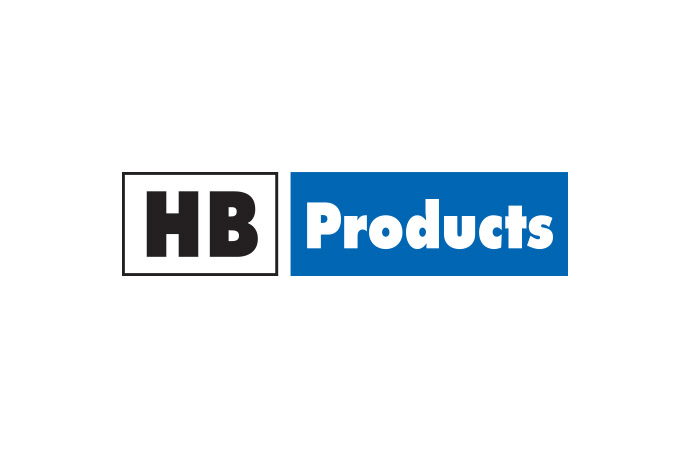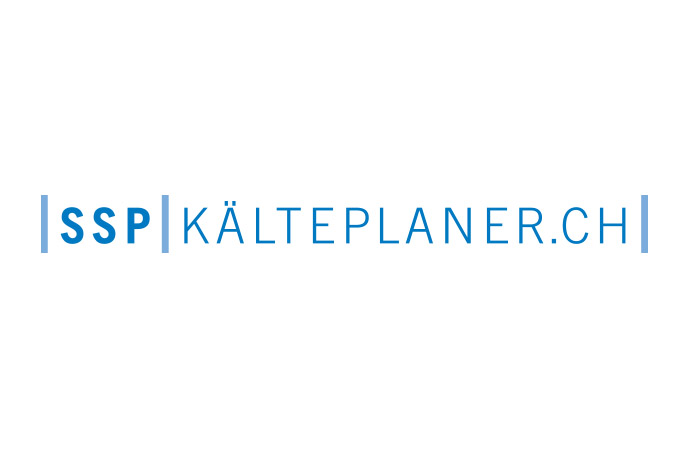The United Nations Environment Programme (UNEP) undertook a study, analysing the reasons for industries in developing countries to use the potent greenhouse gases HFCs in a wide range of RAC equipment rather than natural refrigerants such as ammonia, hydrocarbons or CO2, which have a negligible global warming potential. The report has not been published yet but ammonia21.com has summarised the report for you.

UNEP asked stakeholders in developing and developed countries about barriers to the use of low-global warming potential alternatives (LGA) and ways to overcome these barriers. Over 100 individuals from 40 different countries identified in response to a questionnaire and discussions during workshops and meetings 30 different barriers in regards to:
The identified barriers for the use of natural refrigerants vary in their importance depending on the country in question, the size of the enterprise, the design of system, the type of refrigerant, and should therefore be assessed within the situational context.
An indication of the significance of each separate barrier is provided, as a score out of ten. Barriers identified as being the most challenging ones were:
1. “There is nothing to incentivise enterprises to invest in LGA technology” (9/10)
Proposed solutions:
Proposed solutions:
Proposed solutions:
Proposed solutions:
Proposed solution:
Proposed solution:
Proposed solutions:
Determined implementation of the above suggested solutions such as awareness-raising within the industry, training on LGAs, appropriate technical and other guidance, technical developments in the areas of system efficiency and safety, local market development for LGAs, financial incentives to favour LGA technologies, improvements and changes to regulatory infrastructure, addressing Montreal Protocol issues (such as funding criteria and actions of implementing agencies) and activities of environmental non-governmental organisations (ENGOs) can help overcome the identified barriers.
- technology (refrigeration and safety)
- supply and availability
- commercialisation and market
- information resources
- regulations and standards
- psychological and sociological aspects
The identified barriers for the use of natural refrigerants vary in their importance depending on the country in question, the size of the enterprise, the design of system, the type of refrigerant, and should therefore be assessed within the situational context.
An indication of the significance of each separate barrier is provided, as a score out of ten. Barriers identified as being the most challenging ones were:
1. “There is nothing to incentivise enterprises to invest in LGA technology” (9/10)
Proposed solutions:
- Offer government rewards for producing, working with systems using LGA refrigerants
- Governments to promote wider awareness on environmental and economic potential that the use of LGA’s may offer
- Provide financial or in-kind support to help entrain external funding
Proposed solutions:
- Educate those involved in the process, through dedicated training
- Agencies to enable LGA experts to attend HPMP stakeholder meetings to address specific issues, to assist HPMP consultants
Proposed solutions:
- Engage relevant departments and NOUs to advise the department or authority of the needs for LGAs
- Develop national standards instead of relying on prohibitive international ones
- Engage government in assisting with the adoption of new standards or the changes to existing standards
Proposed solutions:
- Stimulate interest through awareness, particularly amongst end-users
- Formulate national policies to stimulate demand for LGA systems, such as financially orientated incentives (for LGA) and disincentives (for high-GWP)
Proposed solution:
- Demonstrate that there is greater certainty that LGA refrigerants will not only be used, but also demanded by end users.
Proposed solution:
- Invest in and carry out more research and development, including collaboration with institutes in non-Article 5 countries.
Proposed solutions:
- Inform and educate stakeholders, teach how to think about the issues in a rational manner
- Design and installation guides should be made available dedicated to all levels of detail
Determined implementation of the above suggested solutions such as awareness-raising within the industry, training on LGAs, appropriate technical and other guidance, technical developments in the areas of system efficiency and safety, local market development for LGAs, financial incentives to favour LGA technologies, improvements and changes to regulatory infrastructure, addressing Montreal Protocol issues (such as funding criteria and actions of implementing agencies) and activities of environmental non-governmental organisations (ENGOs) can help overcome the identified barriers.
MORE INFORMATION
Related stories



















